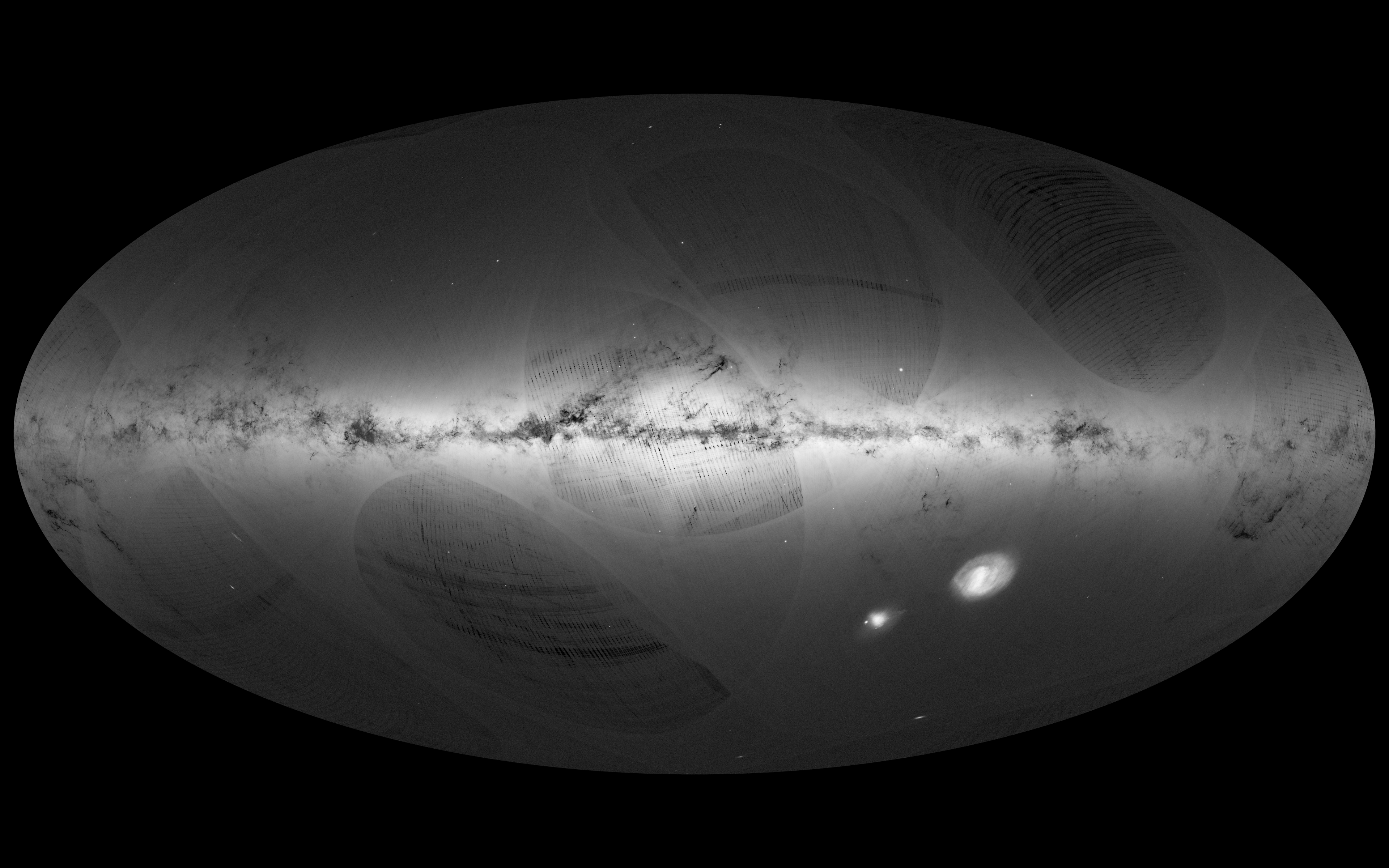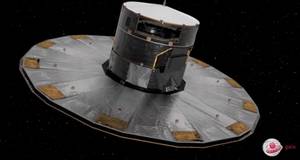The most complete map of the Milky Way by Gaia
2016/09/15 Galarraga Aiestaran, Ana - Elhuyar Zientzia Iturria: Elhuyar aldizkaria

The European Space Agency (ESA) has presented a map with the stars that Gaia satellite has observed in its first year of work. The objective of the topic is to complete the three-dimensional map of the Milky Way, which has been working for a thousand days. Now, the ESA has presented a map with the images collected in the first year, which contains more than a billion stars.
In addition to the location of the stars, the theme has measured its brightness and analysed some of them in more detail. In this way, it has received distances and movements of two million stars.
450 scientists and computer scientists from all over Europe have interpreted the data collected by the Topic. The result is spectacular: the current one has 20 times more stars than the previous catalogue and is twice more accurate. For example, it has analyzed 2,149 variable stars. These stars increase and decrease cyclically, which causes a variable luminosity. Many of them are in the Great Magellanic Cloud, which Gaia studied in her first month.
According to ESA, the data collected so far will serve to analyze in the future more stars and determine the distance to them. The mission is not finished here: The topic has analyzed one billion stars, more precisely than ever, but these represent only 1% of the total Milky Way.

Gai honi buruzko eduki gehiago
Elhuyarrek garatutako teknologia




